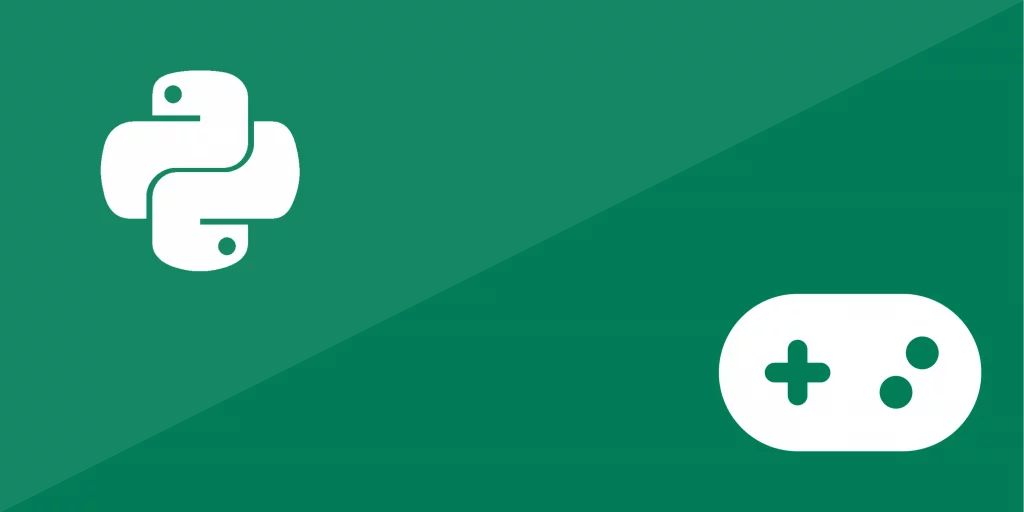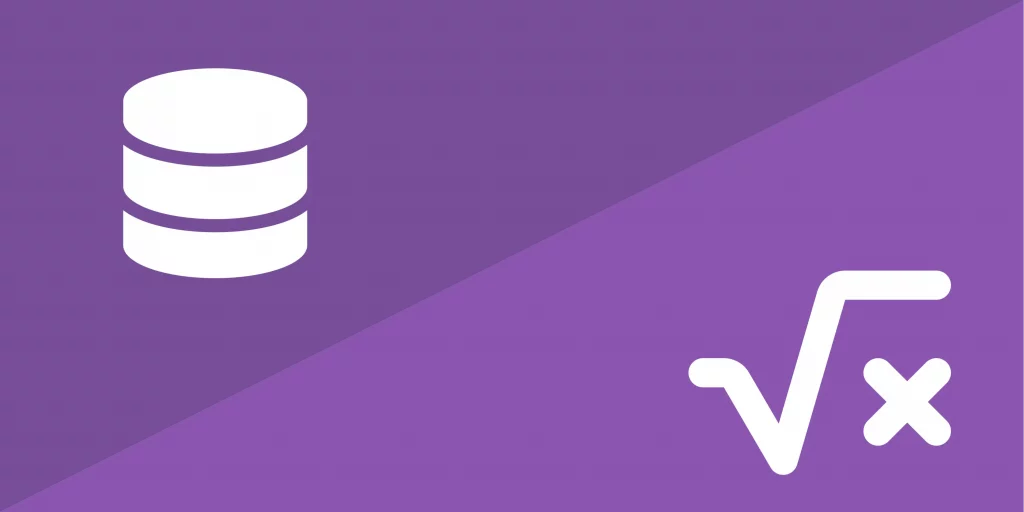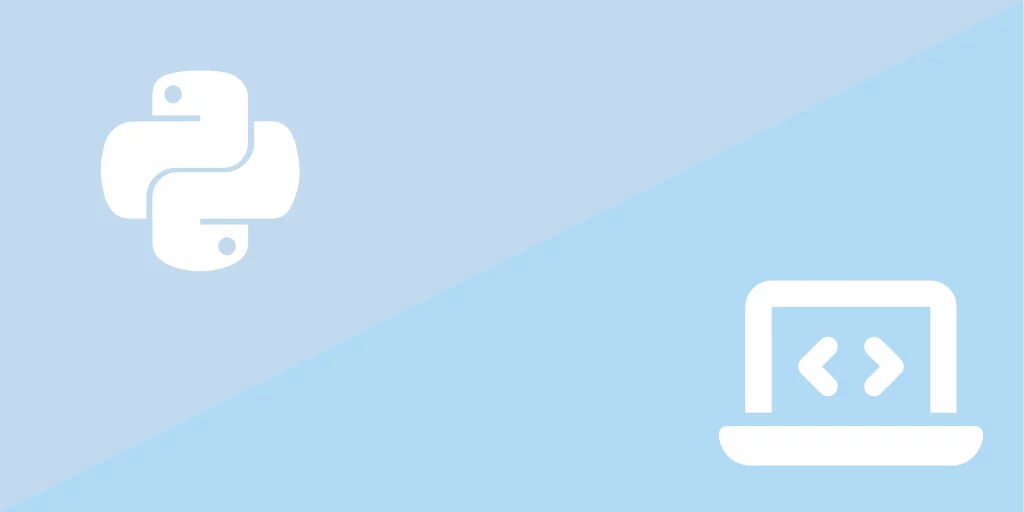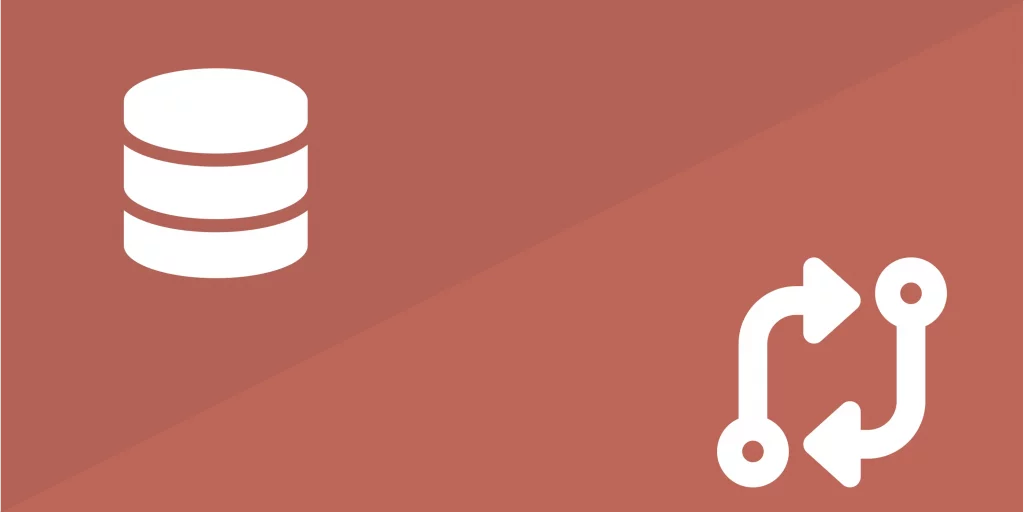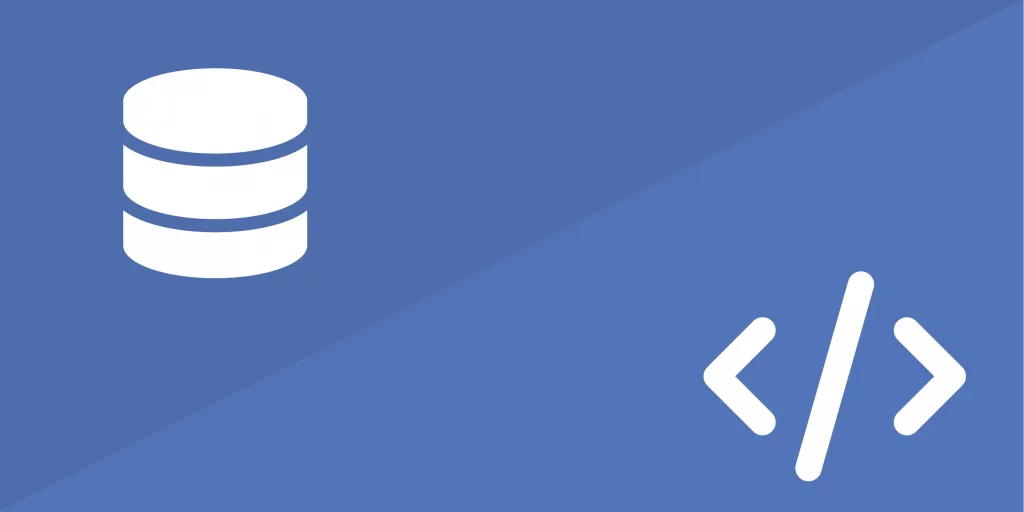Python Game Projects
Course Overview Welcome to our dynamic and engaging online Python programming course! Designed for both beginners and intermediate learners, this course combines foundational Python knowledge with hands-on projects to create a comprehensive learning experience. By the end of this course, you’ll have developed several classic games, enhancing your programming skills and providing a solid portfolio […]
Python Game Projects Read More »

